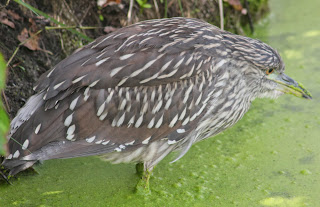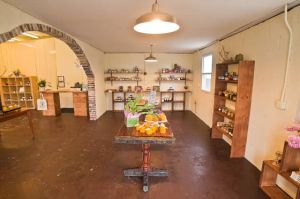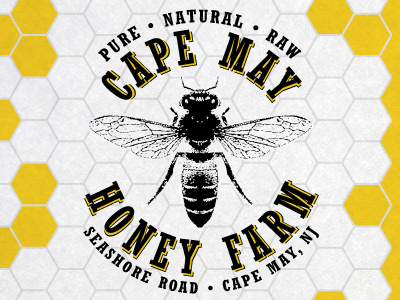I was down at the beach on November 4th in the morning, sunny with
strong winds out of the Northeast.
I saw the kettle brewing.
It was spectacular with over 50 birds, mostly Turkey Vultures, circling in a thermal
over the dunes of the Point.
Perhaps, they were gathering in preparation for migration.
It lasted for over 20 minutes, dynamically changing in shape and size with a variety of bird species. It grabbed the attention of many raptors in the area, who joined in, including several juvenile Red-tailed hawks with their dark shoulder bars, and Northern Harriers.
At the end of the gathering, the Turkey Vultures left, leaving only the hawks, soaring and circling right over my head on Ocean Avenue.
























































